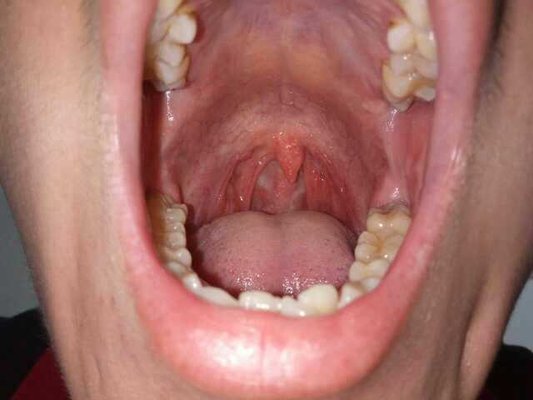What is megacephaly syndrome in children?
summary
Megacephaly syndrome in children, which is also called megacephaly syndrome and Sotos syndrome in children, is a syndrome characterized by rapid growth of bone, huge head and mental retardation in infants and school-age children. There are occasional reports in China.
What is megacephaly syndrome in children?
Clinically, this disease is characterized by marked growth of physical development, megacephaly, mental retardation, special facial features and abnormal limbs. The growth of the children with this disease is excessive in the fetal period. The growth of the children's body length after birth exceeds the weight, and it maintains or exceeds the 97th percentile in childhood and adolescence, but the final height is still in the normal range. The features of this disease are special features: protrusion of forehead, large mandible, wide distance between eyes, exophthalmitis, high palatal arch, degeneration of bilateral temporal hair, etc; Most of them had hypotonia and hyperreflexia; The average IQ of non progressive mental retardation is about 78. Gross motor retardation may be accompanied by autism like abnormal behavior; Convulsion, retinal atrophy, heart disease and malignant tumor may occur.

The cause of the disease is not clear. Foreign studies have found that more than 70% of sporadic Sotos syndrome is caused by NSD1 gene mutation on 5q35. Familial Sotos syndrome is rare, and most cases are autosomal dominant.

It should be differentiated from mental retardation with rapid physical development. Fragile X syndrome is characterized by mental retardation, macrocephalia in early childhood, mandibular protrusion after puberty, big ears with soft cartilage and megatestes; Weaver syndrome is characterized by premature bone maturation, finger flexion and large head deformity, wide forehead, parietal equality and special face; Marshall Smith syndrome and Beckwith Wiedemann syndrome are also characterized by early overgrowth in infants. In addition to paying attention to the typical clinical symptoms, the diagnosis of these syndromes should rely on molecular biological methods, chromosome and gene detection.

matters needing attention
The patients should be treated symptomatically and followed up for a long time. In neonatal period, jaundice subsided later, so phototherapy and other positive means should be used to treat jaundice, and comprehensive and systematic examination should be improved; Recurrent respiratory tract infection, epilepsy and malignant tumor are common in infants, especially with the increase of age, the incidence of tumor is significantly higher than that of healthy people. Therefore, we should be vigilant and follow up; Before and after puberty, due to the huge brain, there may be vertical growth of facial length, which affects the development of teeth and so on. Rehabilitation training and special education should be designed, implemented and run through life-long interventions for children. The final height of children is difficult to predict, but tends to be normal with age, and most of them stop abnormal growth before and after puberty.













